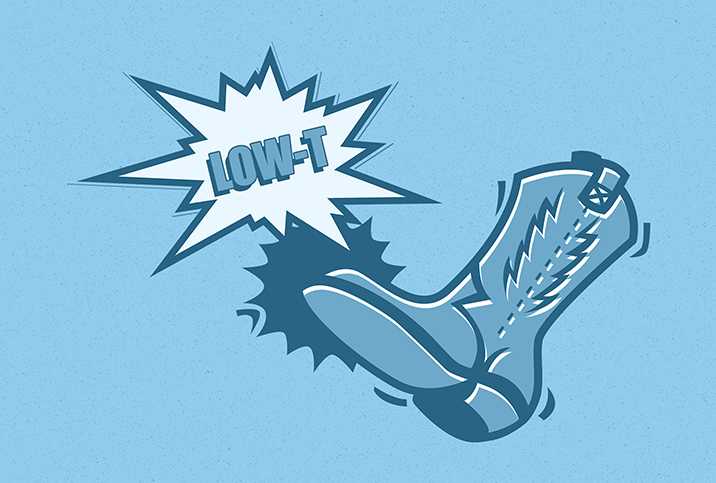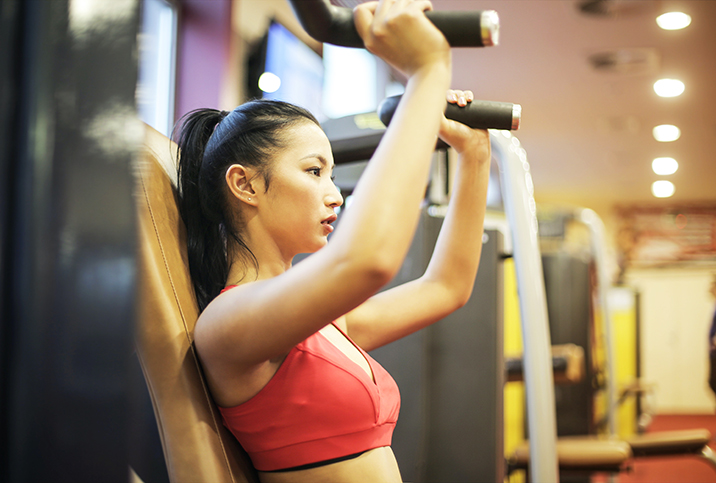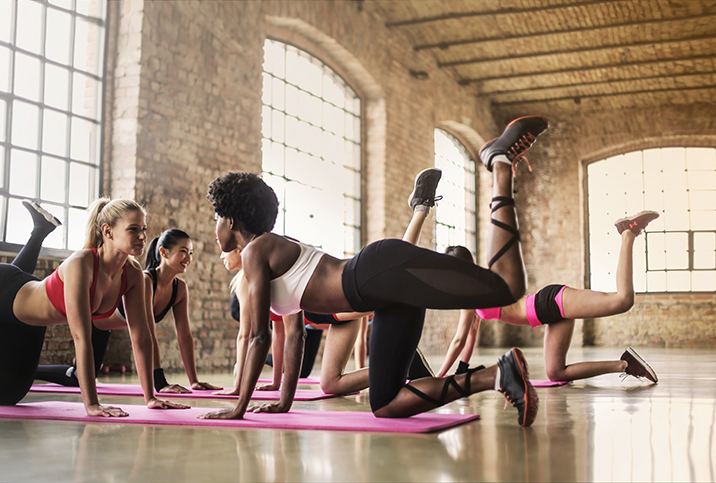When Are HIIT Workouts Bad for Women's Bodies?

High-intensity interval training (HIIT) workouts have a lot of fans, but is HIIT the best form of exercise for women? Learn the potential benefits and the possible risks of HIIT workouts for women.
What is a HIIT workout?
HIIT workouts ranked third in fitness trends in 2019, according to the American College of Sports Medicine (ACSM). This workout alternates between intense periods of physical activity to get your heart rate pumping and short periods of low-intensity exercise or periods of rest.
A HIIT workout uses short bursts of intense cardio workouts to help you burn calories. One HIIT workout could incorporate cardio, or aerobic exercise, such as jumping jacks, mountain climbers, high knees, or burpees and strength training, or anaerobic exercises, such as weightlifting, for a short amount of time.
These workouts "can help to decrease body fat, increase strength and endurance, and improve health outcomes, but it is not necessarily better than other exercise formats," a Harvard University study suggested.
But is a HIIT session the right option for you?
'Listen to your body—if you are exhausted and irritable, maybe it's time to find another form of workout.'
"The intense work periods may range from five seconds to eight minutes long and are performed at 80 percent to 95 percent of a person's estimated maximal heart rate, the maximum number of times your heart will beat in a minute without overexerting yourself," according to the ACSM.
The basic formula for calculating your maximum heart rate, according to Cleveland Clinic, is to subtract your age from 220.
Of course, you should speak to your doctor before you begin a cardio exercise routine, especially one as physically taxing as high-intensity interval training. That is particularly true if you have any preexisting conditions.
What are the risks of HIIT workouts for women?
HIIT can support cardiovascular and metabolic health, a 2019 study suggested, but a lot of this research has been conducted on men. It's difficult to know the health benefits of these workouts and how well they work for a woman's body and overall health.
But, as with many types of exercise, there are risks, including overtraining and injury, according to Serena Poon, C.N., C.H.C., a certified nutritionist based in Los Angeles.
"People with cardiovascular conditions should definitely check with their doctor before starting a HIIT program," Poon said.
"Each woman's body is different, and due to the obvious 'high-intensity' nature of these workouts, it's important that the movements are executed correctly to help prevent injury and that they are done in moderation to help the body have proper recovery time," said Dani Coleman, the director of instructor training at Pvolve in Los Angeles.
Should you attempt HIIT workouts if you have PCOS?
HIIT workouts can be beneficial to women with polycystic ovary syndrome (PCOS) as they can support cardiovascular health and improve insulin sensitivity and menstrual cycles, a 2022 study suggested.
However, overdoing high-intensity interval training can also spike cortisol levels, which can lead to changes in body composition, such as weight gain for women with PCOS.
"Cortisol levels as they relate to PCOS would be more concerning in an overtraining situation where cortisol levels would be elevated for a prolonged period of time." Poon said. Cortisol rates tend to already be elevated in women with PCOS, indicated by a small 2022 study.
But for women engaged in HIIT, who aren't overtraining, it could provide better improvements in areas including insulin sensitivity and aerobic capacity, or the amount of oxygen your body can use at one time, over moderate exercise, suggested another 2022 study.
Women with PCOS can struggle with weight gain due to insulin resistance. HIIT could help support wellness in women with PCOS. Speak with your doctor to learn how to balance your HIIT workouts to gain the most potential benefits.
Do HIIT exercises help menopausal women?
For postmenopausal women, high-intensity interval training workouts have shown improvement in cardiovascular health and a more significant change in body composition compared to moderate-intensity training, according to Alaa Gerais, N.M.D., a resident physician specializing in integrative pain management at the Sonoran University Neil Riordan Center for Regenerative Medicine in Tempe, Arizona.
"Post-menopausal women also require a higher 'stress' for the body to respond. Therefore, in this case, HIIT training can be beneficial since it has been shown to generate more robust physiological stress to the body than resistance training at moderate intensity," Gerais added.
Cycling HIIT may do more for menopausal women than running HIIT programs, a 2020 study suggested. Three times a week for more than eight weeks were most effective at reducing body weight and abdominal fat.
What are signs you should cut back on your HIIT workouts?
The biggest risk with HIIT workouts for women is overtraining, which can lead to fatigue, injury, heart issues and reduced cell function.
"If you have been engaging in a lot of HIIT workouts and feel tired, sluggish, overly sore, or are getting injured or sick a lot, it might make sense to let your body rest and recover and then either pull back in volume from your HIIT routine or find another mode of exercise," Poon said.
If you find you cannot properly rest between sets, this could be a sign your body is not able to recover from the demands of the exercise.
"If a woman is unable to recover and is struggling to maintain proper breathing during a set, then the body will not be able to focus on proper form to execute the movement, eventually leading to injury," Gerais said. "Therefore, the risk of injury from the workout outweighs the benefits. Proper nutrition and hydration before and after HIIT are key for a woman to ensure the workout will do more good than harm to the body."
The bottom line
Listen to your body, Coleman suggested. How does it feel before, during and after your workouts? If you are exhausted and irritable—perhaps you even lack joy during the workouts––maybe it's time to find another form of workout. Find one that better suits your body physically and mentally.


















